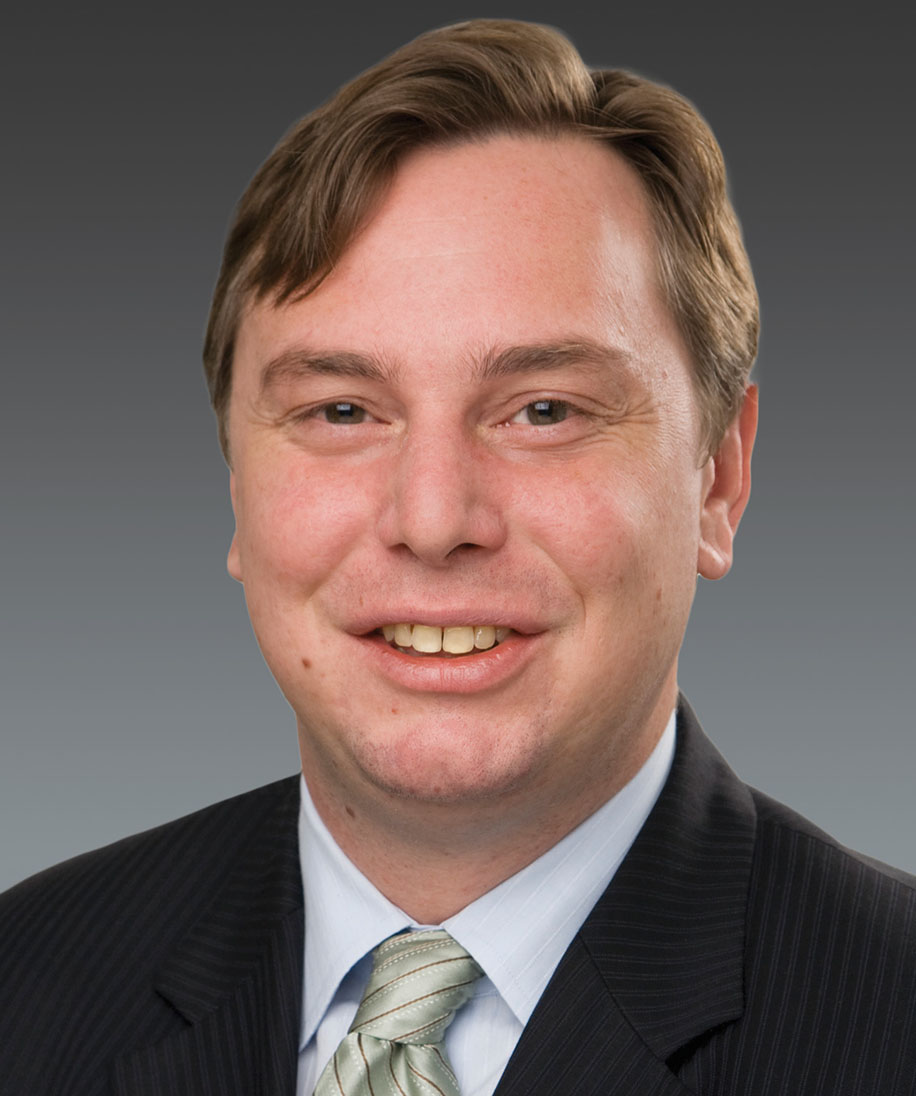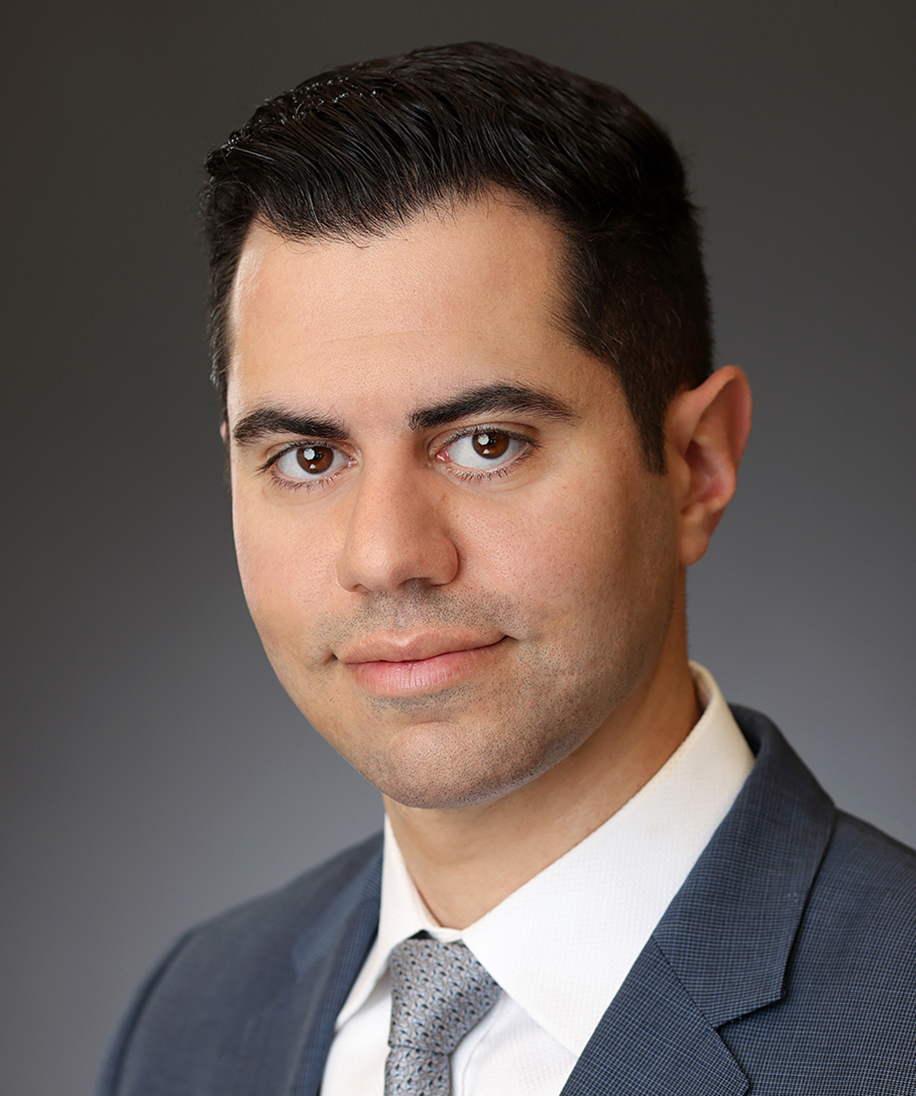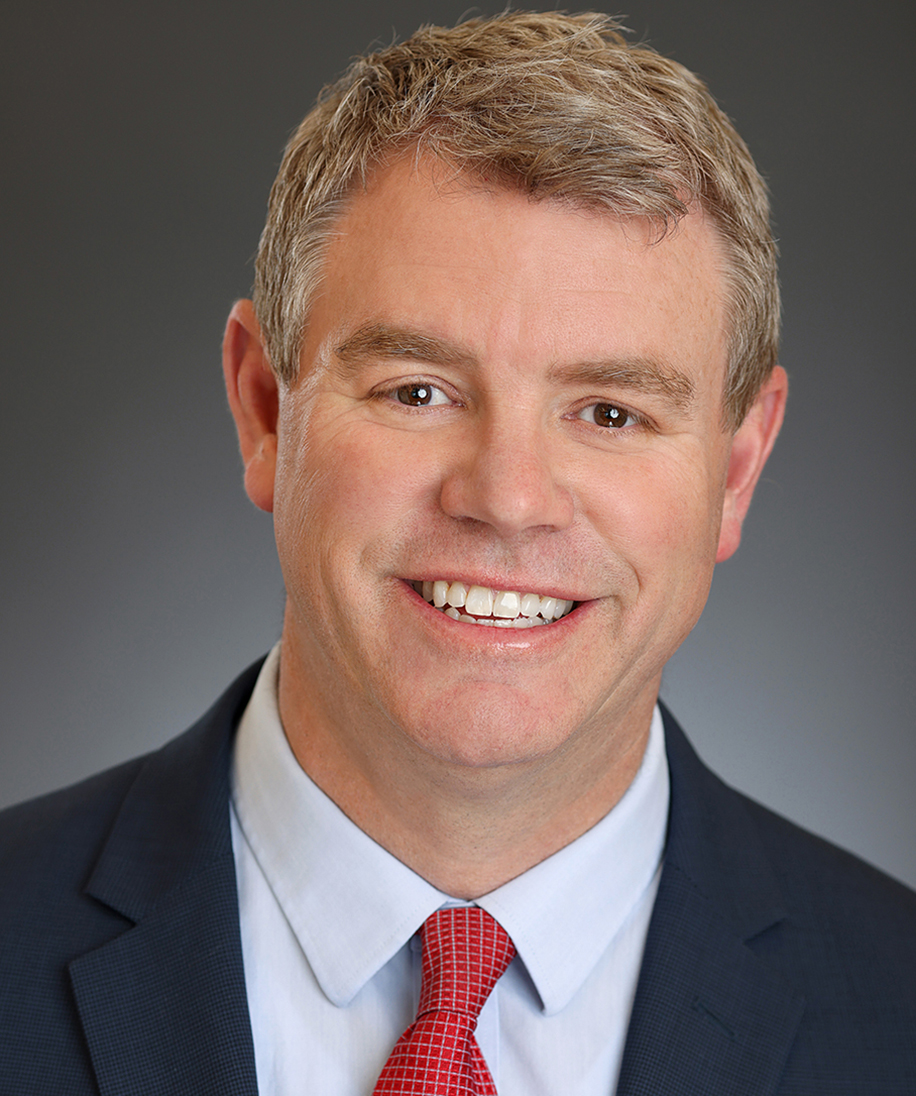Client Alert
SB 114: California Again Revives COVID-19 Supplemental Paid Sick Leave
February 10, 2022
By Zach P. Hutton,Chris A. Jalian,
& Austin Schulz
On February 9, 2022, Governor Newsom signed Senate Bill 114 (the “Act”), which requires private employers that employ more than 25 employees to provide California employees with paid sick time for COVID-19 related absences. While the Act is similar to California’s prior COVID-19 supplemental sick leave law that expired on September 30, 2021, it also has key differences with respect to the amount of leave available, how it can be used, and what information employers must display on wage statements or sick leave notices provided to employees.
The Act and its provisions apply retroactively to January 1, 2022 and expire on September 30, 2022. Therefore, California employers subject to the new law should immediately review and update their paid sick leave policies and take steps to comply with its notice requirements.
Which Employers are Covered
The Act applies to private and public employers with more than 25 employees. The Act also covers all “providers”—irrespective of the number of employees—that provide in-home supportive services under the Welfare and Institutions Code to at least one eligible recipient.
Qualifying Reasons for COVID-19 Supplemental Paid Sick Time
A covered employer must provide an employee supplemental paid sick leave under the Act if the employee is unable to work or telework for any of the following reasons:
- the employee is subject to a federal, state, or local quarantine or isolation order related to COVID-19;
- the employee is advised by a health care provider to self-quarantine or self-isolate due to concerns related to COVID-19;
- the employee is attending an appointment to receive a vaccine for protection against COVID-19;
- the employee is experiencing symptoms, or caring for a family member[1] experiencing symptoms, related to a COVID-19 vaccine that prevent the employee from being able to work or telework;
- the employee is experiencing symptoms of COVID-19 and seeking a medical diagnosis;
- the employee is caring for a family member who, due to concerns related to COVID-19, is subject to a government isolation order or ordered by a health care professional to self-quarantine; or
- the employee is caring for a child whose school or place of care is closed for reasons related to COVID-19 on the premises.
Duration and Use of COVID-19 Supplemental Paid Sick Time
The Act provides up to 80 hours of COVID-19 supplemental sick leave for full-time employees, but divides the time into two use categories:
- A covered employee is entitled to up to 40 hours of COVID-19 supplemental sick leave if the covered employee is unable to work or telework due to certain reasons related to COVID-19, including that the employee is attending a COVID-19 vaccine or vaccine booster appointment for themselves or a family member, or is experiencing symptoms, or caring for a family member experiencing symptoms, related to a COVID-19 vaccine or vaccine booster; and
- A covered employee is entitled to up to 40 additional hours of COVID-19 supplemental paid sick leave, if the covered employee, or a family member for whom the covered employee is providing care, tests[2] positive for COVID-19.
For each use category, a covered employee is entitled to 40 hours of COVID-19 supplemental paid sick leave if:
- the employer considers the employee to work “full time”; or
- the employee worked or was scheduled to work, on average, at least 40 hours per week in the two weeks preceding the date the employee took COVID-19 supplemental paid sick leave.
For all other employees (e.g., part-time employees), the minimum amount of COVID-19 supplemental paid sick leave for each use category is calculated as follows:
- if the employee has a normal weekly schedule, the total number of hours the employee is usually scheduled to work for the employer over one week;
- if the employee works a variable number of hours, seven times the average number of hours the employee worked each day in the six months prior to taking COVID-19 supplemental paid sick leave or, if the employee has been employed for less than six months, over the entire period the employee has worked for the employer; or
- if the employee works a variable number of hours and has worked for the employer for a period of seven days or fewer, the total number of hours the employee has worked.
Covered employees may use COVID-19 supplemental paid sick leave immediately, and may determine how many hours of COVID-19 supplemental paid sick leave to use, up to the total number of hours to which the employee is entitled. However, an employee taking supplemental paid sick leave for a COVID-19 vaccination or booster is limited to 3 days or 24 hours, unless the employee provides verification from a health care provider that the employee or their family member is continuing to experience symptoms related to a vaccine or booster.
COVID-19 supplemental paid sick leave is in addition to any paid sick leave the employee may be entitled to under the Healthy Workplaces, Healthy Families Act of 2014 (“HWHFA”), California Labor Code section 246. Further, an employer may not require an employee to first use other paid or unpaid leave (e.g., vacation, or leave under any Cal-OSHA Emergency Temporary Standards) prior to utilizing leave under the Act.
Although the Act expires on September 30, 2022, employees who are actively taking COVID-19 supplemental paid sick leave when the Act expires must be permitted to take the full amount of COVID-19 supplemental paid sick leave to which the employee otherwise would have been entitled.
Retroactive Use of COVID-19 Supplemental Paid Sick Time
The Act applies retroactively to January 1, 2022. Therefore, any employee who took leave for a reason covered by the Act between January 1 and February 9, 2022 (when the law was enacted) will qualify for the benefits provided under the Act.
If an employee took leave on or after January 1, 2022 that would have qualified for COVID-19 supplemental paid sick leave, and the employer did not compensate its employees in an amount equal to or greater than the compensation required under the Act, the employer must provide its employee with a retroactive payment of supplemental paid sick leave upon the written or oral request of the employee. The number of retroactively-paid hours count against the employee’s total COVID-19 supplemental paid sick leave benefit, and the retroactive payment must be issued on or before the payday for the next full pay period after the employee makes the request.
Alternatively, an employer that previously provided employees with leave for a reason covered by the Act, and compensated its employee at an amount equal to or greater than what the law requires, may, upon the written or oral request of the employee, count the hours of the other paid benefit or leave towards the total number of hours of COVID-19 supplemental paid sick leave required under the Act. Leave provided pursuant to the HWHFA is excluded from these setoffs.
Compensation for COVID-19 Supplemental Paid Sick Time
Non-exempt employees using COVID-19 supplemental paid sick leave must be compensated at either (i) their regular rate of pay for the workweek in which sick leave is taken; or (ii) a rate calculated by dividing the covered employee’s total wages, not including overtime premium pay, by the employee’s total hours worked in the full pay periods of the prior 90 days of employment. Additionally, an employee may not receive less per hour than the “regular rate of pay to which the covered employee would be entitled [if he or she] had been scheduled to work.”
Exempt employees using COVID-19 supplemental paid leave must be paid the same as they would be paid for other forms of paid leave time.
Notwithstanding the above, an employee’s pay for COVID-19-related sick leave is capped at $511 per day and $5,110 total.
Employer Wage Statement and Notice Requirements
Employers also must provide notice, either on a wage statement or through a separate writing provided on pay day, of the amount of COVID-19 supplemental paid sick leave the employee has used. The Act requires employers to list zero hours used if a worker has not used any COVID-19 supplemental paid sick leave. COVID-19 supplemental paid sick leave information must be set forth separately from traditional paid sick leave information. Plaintiffs likely will contend that the new legislation requires wage statements to require notice of both the amount of supplemental COVID-19 paid sick leave used, and the remaining balance. But Labor Code section 248.6(d)(2) suggests that only the amount used is required to be displayed on the wage statement. To avoid the issue altogether, however, employers may want to display both the amount used and the balance. The notice requirement takes effect in the first pay period following the date of the Act’s enactment.
Employers also must display a poster that explains the nature of COVID-19 supplemental paid sick leave. The Labor Commissioner must make publicly available a model notice by seven days after the enactment of the Act. Pursuant to California Labor Code section 247, this notice must be posted in a conspicuous location at all workplaces. If an employer’s employees do not frequent the workplace, then it may disseminate the notice through electronic means, such as by e-mail.
Enforcement
The Act expressly authorizes the Labor Commissioner to enforce its requirements in the same manner in which it enforces paid sick leave requirements under the Healthy Families Healthy Workplaces Act. Therefore, in the event COVID-19 supplemental paid sick leave is unlawfully withheld, the employer may be subject to administrative penalties. The Labor Commissioner or the Attorney General may also bring a civil action to collect other legal or equitable relief, including reinstatement, back pay, the payment of sick days unlawfully withheld, and liquidated damages.
Next Steps
The Act takes effect on February 9, 2022, and then applies retroactively to January 1, 2022. Therefore, we recommend that companies employing more than 25 employees, including at least one in California, review their sick leave policies, update their wage or sick pay statements, and ensure they are in full alignment with the new law.
[1]“Family member” means any of the following: (1) A child, which for purposes of this article means a biological, adopted, or foster child, stepchild, legal ward, or a child to whom the employee stands in loco parentis; (2) a biological, adoptive, or foster parent, stepparent, or legal guardian of an employee or the employee’s spouse or registered domestic partner, or a person who stood in loco parentis when the employee was a minor child; (3) a spouse; (4) a registered domestic partner; (5) a grandparent; (6) a grandchild; and (7) a sibling. See Cal. Lab. Code § 245.5.
[2]If an employee, or a family member for whom the employee is providing care, tests positive, an employer is entitled to require the employee to submit a diagnostic test on, or after the fifth day the employee tested positive and provide documentation of the results. The employer must provide the test at no cost to the employee.
Contributors




